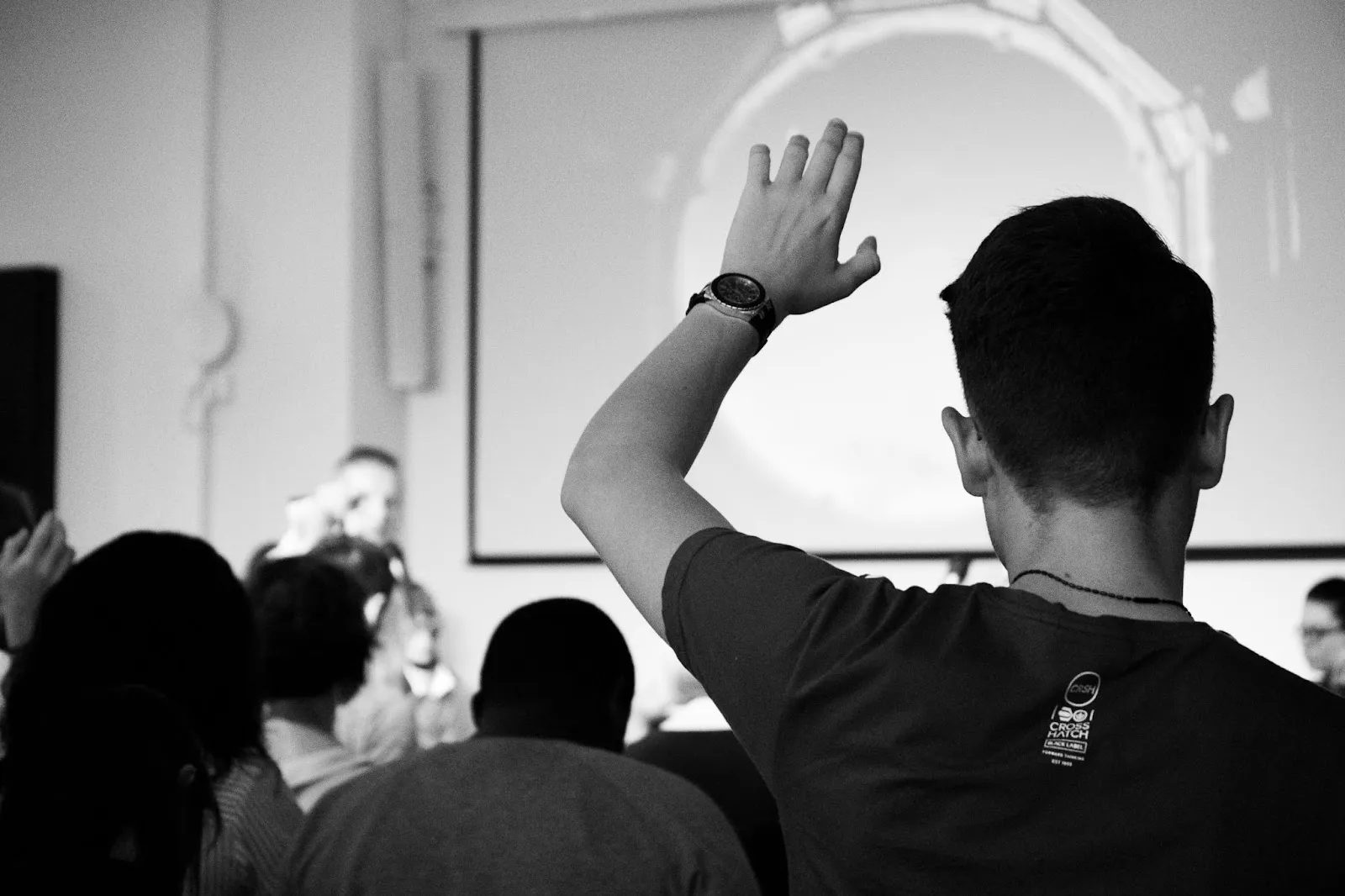Ricardo has been a professor of Software Maintenance at the Tecnológico de Culiacán in Mexico for more than 10 years. When he learned about AppMap, it was like a dream come true for helping his students learn concepts, see code in action, and practice what they were learning. His students also appreciated that AppMap is open source and accessible in the code editor.

In this interview, learn more about how he and his students use AppMap in the classroom.
How did you get started using AppMap?
When I learned about AppMap in a recent article, I was delighted because an important topic in the course I teach is reverse engineering, and it has been difficult to find a tool that helps me teach that to the students. I had been using the Enterprise Architect CASE for this, and in particular, the generation of sequence diagrams becomes very cumbersome, complicated, and difficult for the students to create and understand.
Before, it took us 2 to 3 days to generate a sequence diagram. Now we do it in less than 1 hour, in a simple and practical way.
Using @getappmap to teach Reverse engineering in @TecNMCuliacan pic.twitter.com/LoL3bE13VP
— Ricardo Quintero (@iscrquinter) March 23, 2023
What other ways have you used it to teach?
I am using it to practice reverse engineering of Java projects as Java is the defacto language for teaching at our university. AppMap allows me to teach about the dynamic view of an object-oriented system, which is difficult for students to grasp when only inspecting a static view of the code. AppMap analyzes runtime code, so it is not static. It is alive and moving!
Muy students using @getappmap to generate Sequence diagrams in my Software Maintenance class in @TecNMCuliacan pic.twitter.com/EYXoqBIjeb
— Ricardo Quintero (@iscrquinter) March 23, 2023
What other tips do you have for using AppMap for teaching?
When explaining abstract concepts like the static or dynamic view of an object-oriented system, AppMap allows me to illustrate the concept live, in a practical way.
I use a metaphor based on film production. I present it like this: AppMap is like a cinematograph that records objects in action and presents a map of the different aspects of the interactions.
Because I like to teach about real concepts, using AppMap to see a real application running is very important to their learning.
Photo credit: Felicia Buitenwerf on Unsplash
